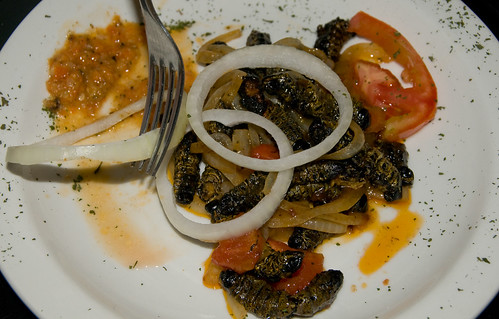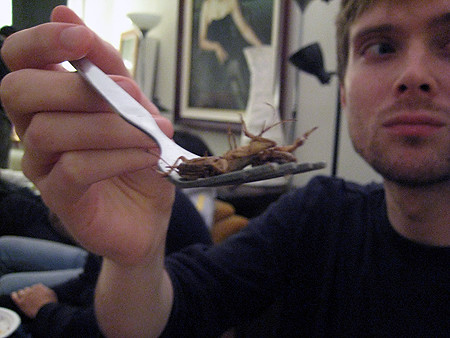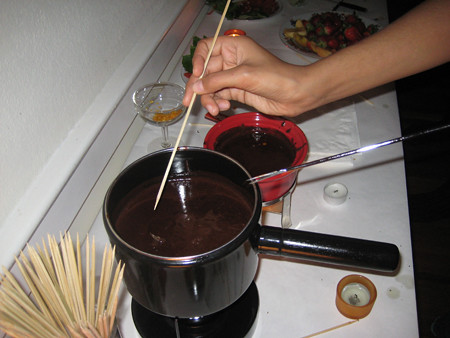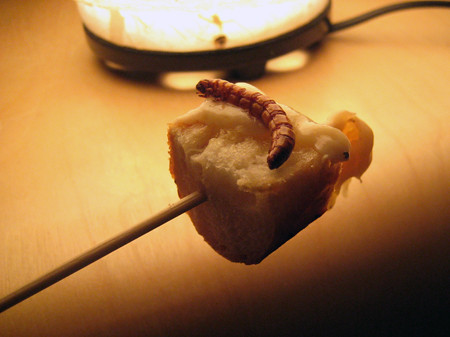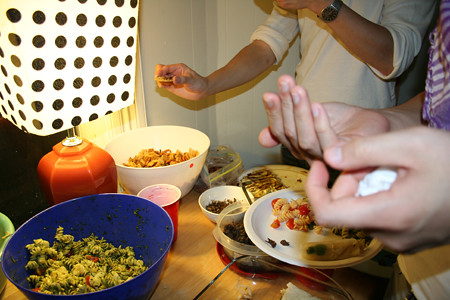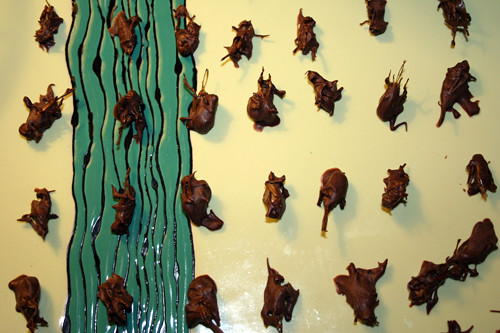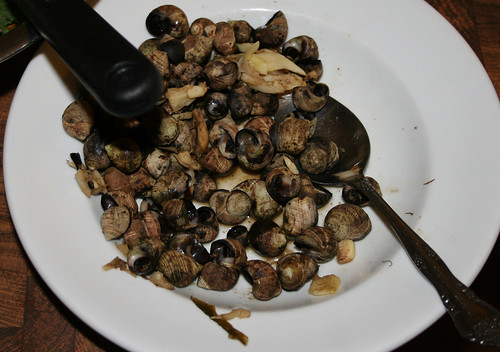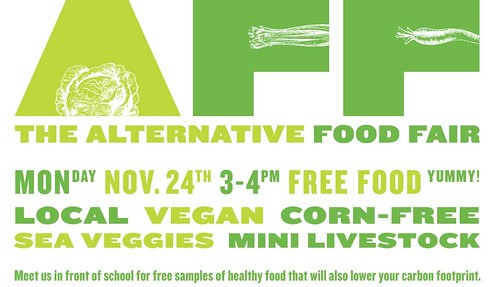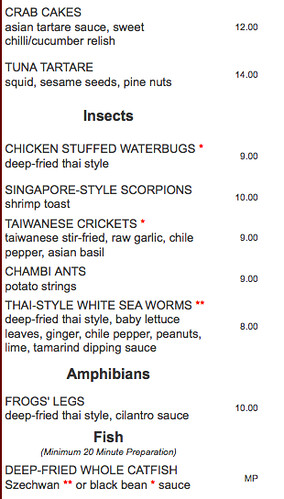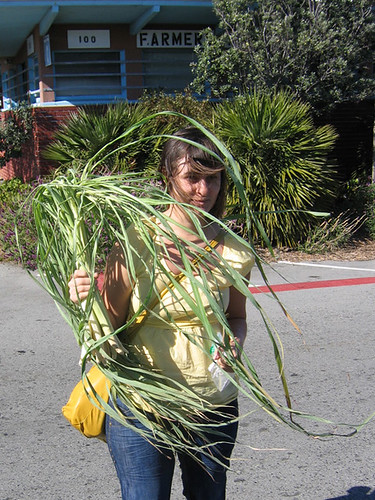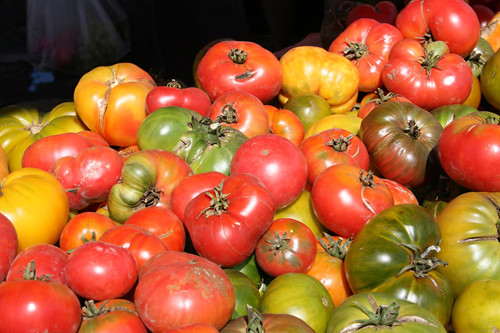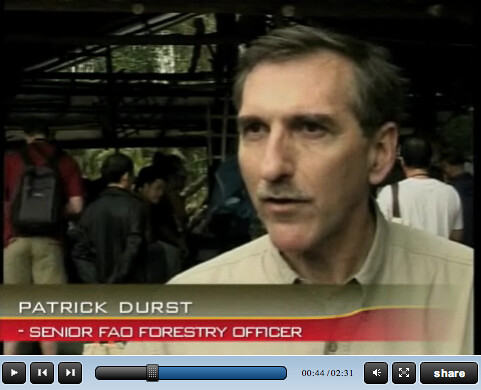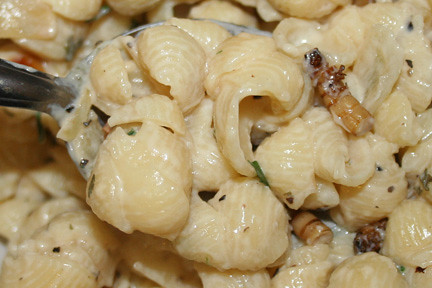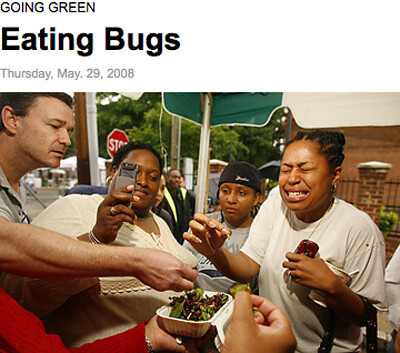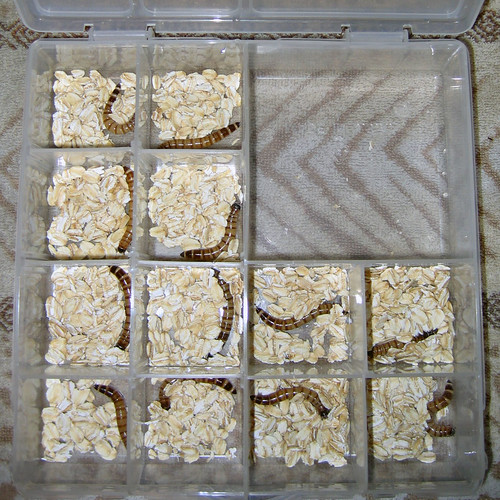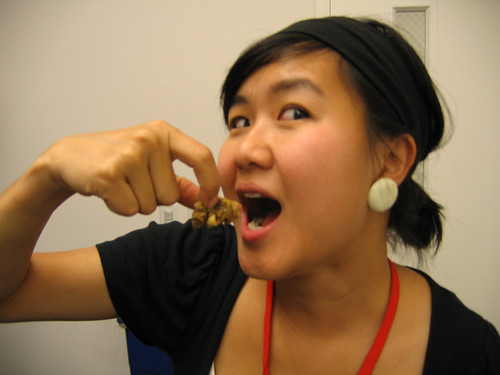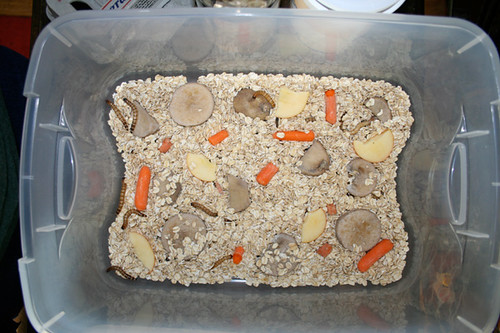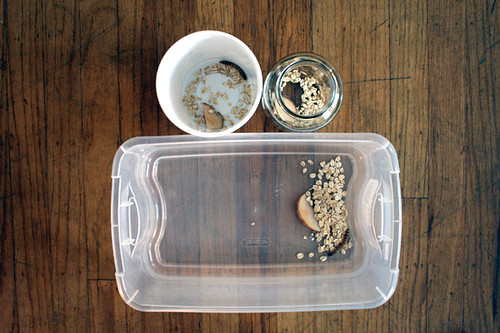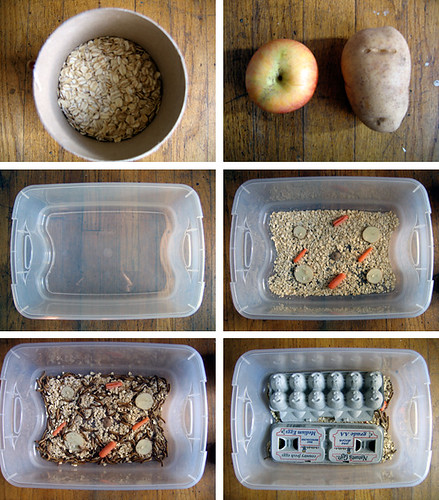 As developing countries get richer meat’s ecological footprint is set to get even bigger. The Food and Agriculture Organisation (FAO) at the United Nations considers livestock “one of the top two or three most significant contributors to the most serious environmental problems, at every scale from local to global.” It predicts that the world’s demand for meat will nearly double by 2050.
As developing countries get richer meat’s ecological footprint is set to get even bigger. The Food and Agriculture Organisation (FAO) at the United Nations considers livestock “one of the top two or three most significant contributors to the most serious environmental problems, at every scale from local to global.” It predicts that the world’s demand for meat will nearly double by 2050.Eating insects does far less damage. For one thing, the habit could help to protect crops. Some 30 years ago the Thai government, struggling to contain a plague of locusts with pesticides, began encouraging its citizens to collect and eat the insects. Officials even distributed recipes for cooking them. Locusts were not commonly eaten at the time, but they have since become popular. Today some farmers plant corn just to attract them. Stir-frying other menaces could help reduce the use of pesticides.
Let them eat bugs
By Economist.com
July 12, 2008
www.economist.com
AND...
Here is an article where there could be an opportunity for humans to harvest insects as food rather than resorting to pesticides. The talks about how the rising atmospheric temperatures from C02 emissions has significantly increased the amount of damage caused by leaf-eating insects to food crops and plants in general.
"Our study shows [that] ... when temperature increases, the diversity of insect-feeding damage on plant species also increases."
In addition to migration from tropical regions, the scientists believe that insects had to eat more because the rising concentrations of CO2 in the atmosphere made leaves less nutritious because they contained relatively smaller concentrations of nitrogen.
Insect explosion 'a threat to food crops'
By Steve Connor, Science Editor
Tuesday, 12 February 2008
www.independent.co.uk
